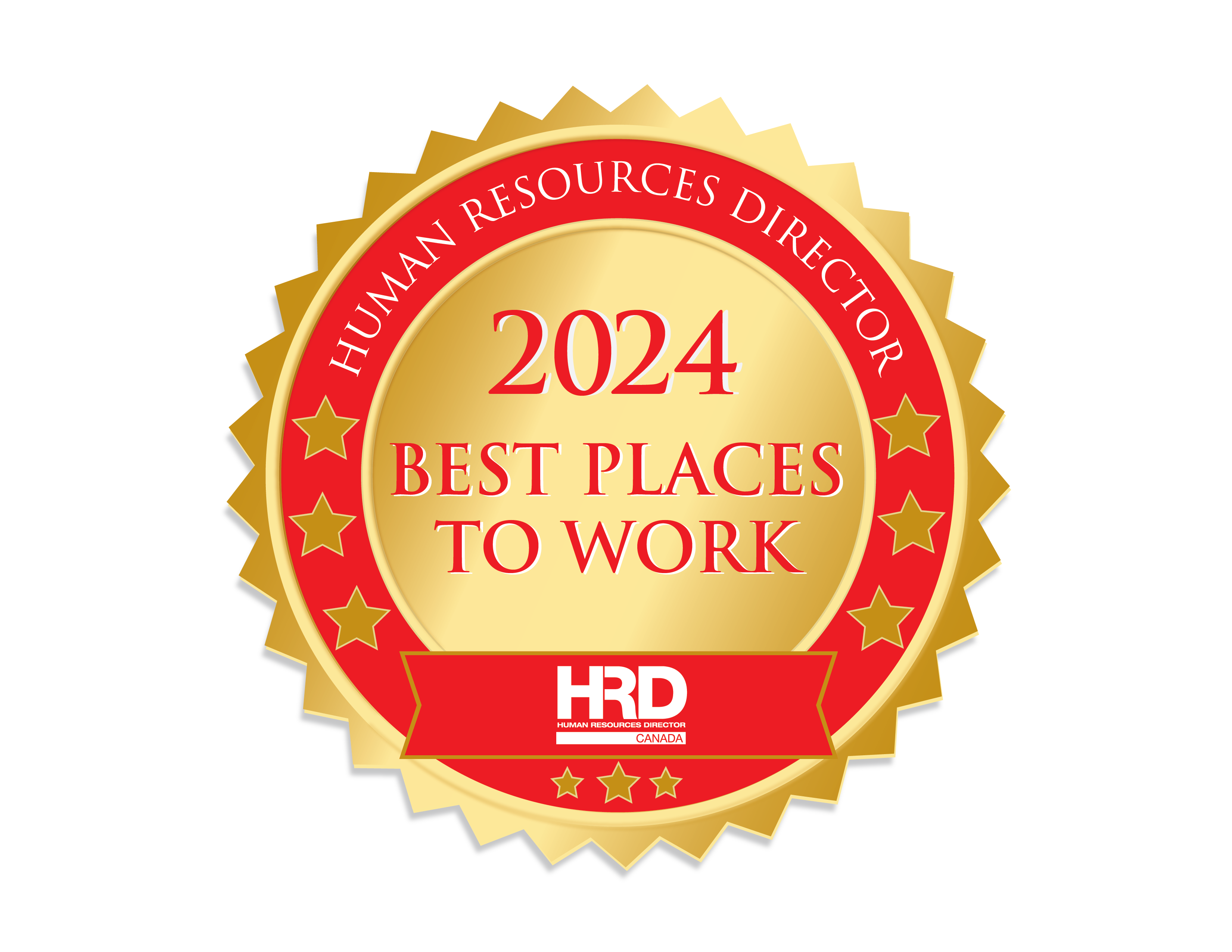
By: Karen Chovan, Sustainability Advisor, Principal of Enviro Integration Strategies
How often have you been faced with the task of educating non-sustainability professionals about the drivers and benefits of integrating sustainability into their business plans, projects, designs and systems?
Have you pointed out options they might consider or investigate, only to have them come back with, “Sorry, out of scope, not budgeted, not economical” — or worse, “we’ll investigate if the client or regulator indicates it is necessary?”
Frustrating, isn’t it?
I know, I can relate – I’ve been there.
There are reasons for the resistance, of course — many of them. But perhaps the largest issue comes down to communication. We often don’t listen, and we don’t speak the “same language” as those we are trying to convince.
We also need to be able to understand their positions and perspectives — what they know and how they think — before we can gain a semblance of hope to gain their support and effort to integrating sustainability practices.
So let’s start with a bit of understanding behind the push and pull, and the contradictory resistance-acceptance of sustainability concepts.
A Shifting Playing Field
The industrial world is a fairly heavily regulated environment, starting from the rigorous level of baseline monitoring and impact studies required before proposing a development, to highly specified operational ranges, monitoring and reporting requirements. In mining, add to this required plans and large associated financial bonds to accommodate sudden shut-downs and the costs of remediation and closure of a site in the longer term. Many people in the public realm are unaware of just how much work goes into assessing and managing risks for these types of developments before they can actually happen.
Often for these reasons, designers and operators maintain a focus on meeting regulatory criteria – that which is required according to their license – as opposed to trying to perform ‘above and beyond’ those regulations. But in addition to this, sometimes the language within the regulations can introduce a bit of, let’s say, barrier to innovation, to change – a lot of risk is placed on the designer to sign off on introducing something that hasn’t been done before, or something that hasn’t been proven in this application. As such, the changes are often avoided.
On the flip side, through the past decade or so, there has been a strong push from external stakeholders for ever-increasing improvements on performance. And noted – organizations are responding, with initiatives being driven down from the top.
In fact, according to the most recent State of Green Business report, the number of companies making public commitments for implementing a more holistic, business-focused view of their environmental and social impacts is up 71% from last year, and up 217% from 2014.
Should you investigate, you will find an explosion of performance improvement programs over the past five years, predominantly targeting operating facilities. The initiatives carry different names: Corporate Social Responsibility (CSR), sustainability, shared value, operational excellence, Lean …
Each will have a slightly different spin on exactly what they are targeting, but most revolve around saving money, improving environmental performance, and/or improving relations with local stakeholders, maintaining their social license to operate. The triple-bottom-line (TBL) aspects.
Unfortunately, actual positive results, step change in performance, seems so far away — long and drawn out. Strange that with so many initiatives, we aren’t seeing quicker results.
The Root
The problem, of course, comes with implementation, and those responsible for said implementation:
- those who derive the plans to achieve strategic targets,
- those who develop and manage the projects that deliver improved results,
- those who are investigating and designing alternative technologies or operational methodologies to produce those deliverables.
And it’s not necessarily that these individuals don’t want to do it. In fact, many do want to support these initiatives, to play a part. But it’s what they know about it (or rather, lack thereof), their structure and capability to allow for change, their ability to lead change, that slows things down.
The Gaps & Barriers
To raise some awareness about some of the gaps that exist between putting a sustainability initiative in place and actually seeing its positive results, let’s review the results of a recent survey carried out in the program and project management world by Baker, Kohl and Echeveria.
While there were only 219 respondents to the survey, the results align with many of my own observations on the same, and are worthy of note.
The greatest barriers to successful and rapid implementation of sustainability by program and project management professionals is that there seems to be:
- a disconnect between corporate strategies and the training to support those strategies, leading to
- a lack of understanding of how to integrate sustainability, combined with
- a lack of awareness of the channels for training, certification, and other support available to do so.
Survey results indicated that the project management community is increasingly viewing sustainability as relevant to their organization:
- 86% of respondents indicating that their organizations engage in some kind of sustainability activities, and
- 50% of organizations have their sustainability program to a point that is consistent with a TBL
Respondents also stated that sustainability goals impact sustainability projects or indeed, all projects in the organization, with the following views:
- 23% limited to sustainability projects,
- 13% suggest current impacts to all projects, and
- 28% increasingly impacting all projects.
Even so, a full 79% of respondents felt that they are either only indirectly related or not related at all to sustainability. In fact, only 21% had sustainability listed within their job description (highlighting that noted disconnect)!
This is further exemplified in the findings for experiential level with respect to sustainability:
- 26% have no experience in this realm,
- 56% of respondents are working as a novice or learner, and
- another 34% consider themselves experienced, but not at an expert level.
And when considering the amount of training received,
- nearly 40% are self-taught, and
- another 45% have no education in sustainability.
With respect to project management, respondents are seeking a better understanding of how to integrate sustainability into project management. It seems to me, that given the lack of awareness of the resources available, there is much to be done on the communication front between these disciplinary silos.
So How Can You Help?
1. Determine your starting point.
- Who are you personally working with?
- Where do they fall within the spectrum above?
- What do they know and understand about sustainability?
- Do they know how they can personally make positive impacts within the scope of their own roles?
2. Understand their functional structure and governing processes.
- How integrated are your strategic planning, program, portfolio and project management systems?
- Is there a pre-existing mechanism for investigating and implementing changes to these processes?
- Who might you need to gain buy-in from to start down this road?
3. Translate the benefits to the “What’s In It For Me?” – their perspective.
- First, show them it’s doable. Provide relevant examples of the wins brought on by small changes in other organizations, on other projects. Highlight how bringing such wins to fruition might benefit their personal performance record.
- Next, show them how improvements on their end can facilitate improvements elsewhere, or how it adds up over the longer term, to streamline operational processes, and to improve the performance of the organization. Show them how they might become a leader within their current role.
- Finally, indicate how choosing better options earlier might reduce some of the re-work that often occurs in projects when external stakeholders’ expectations are greater than the performance of originally proposed plans. This is a pain point that I’ve written about before – having to repeat work due to new requirements being highlighted later on.
4. Work with your teams to look for opportunities to investigate.
- Introduce this at the earliest stages of project evaluation as possible.
- Give them an over-arching focus area to investigate.
- Facilitate brainstorms to allow their ideas to come forth – greater buy-in always comes from ownership of the means and ideas to get there. No one likes being told what to do!
5. Support them in performing the options analyses, finding the resources they need, and highlighting the efforts and successes made as you go along – not just to them, but to the project teams as a whole.
Getting project teams thinking differently, showing them the positive benefits for their work, as well as that passed on to others, helps move the needle for buy-in.
Letting them take the lead on generating ideas and showing the benefits of their work will rapidly speed the movement of that needle forward.
When Should You Engage?
There is never a reason to wait to start engaging people within your organization on sustainability. And doing this regularly will help to identify who your internal champions are, who will help you lead the way and make those important connections to positive change.
However, in the world of projects, for best success, the best time to impact a project’s targets, options and final scope are as early as possible. This would ideally mean in the conceptual and pre-feasibility assessment phases, when budgetary estimates are being assembled.
At this time, there is a lot of opportunity to voice alternative concepts, technologies and performance standards to strive for.
In the case of mining projects, this timing is particularly critical to avoid failure. Getting involved early, and influencing which options to assess for a development, needs to be complete before proposals are submitted to regulatory assessment agencies, and even before reaching out to external stakeholders for their inputs.
Assessing options is a requirement of project proposals in the environmental assessment process, after all. And if you can show local communities that you have already commenced work on assessing better designs, applying risk avoidance and proactive planning measures, there will be less cause for resistance to the proposal, and more acceptance to collaborate for win-win solutions.
In closing, I hope that you have found some key takeaways, or “aha moments,” to apply within your next initiative or project. Integrating sustainability into large organizations is a big job, but it can be done.
We just need to remember to provide the support and drivers that are necessary – at all levels, and targeted at job-specific capabilities – not just at the top to get them started.
About the Author

Karen Chovan is a Sustainability Advisor, and the Principal of Enviro Integration Strategies. She is a registered Project Management Professional, Geological Engineer, and has a Masters in Mine Waste Management.
She has worked close to 20 years in the mining sector, giving her insight into the challenges and opportunities for improvements in operations, projects, and corporate environments. She has strength in aligning multi-disciplinary teams, working collaboratively with multiple stakeholders, and empowering them to build consensus on common goals.
Through speaking, training and advisement, Karen is working to engage, empower and enable individuals and teams to make a positive impact on project and development outcomes.



